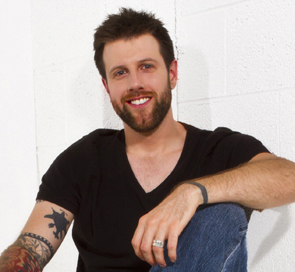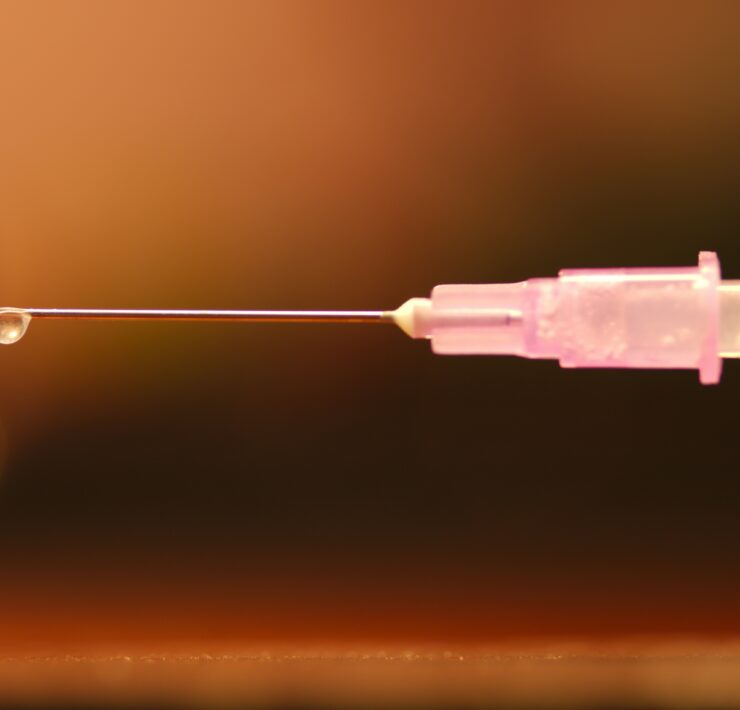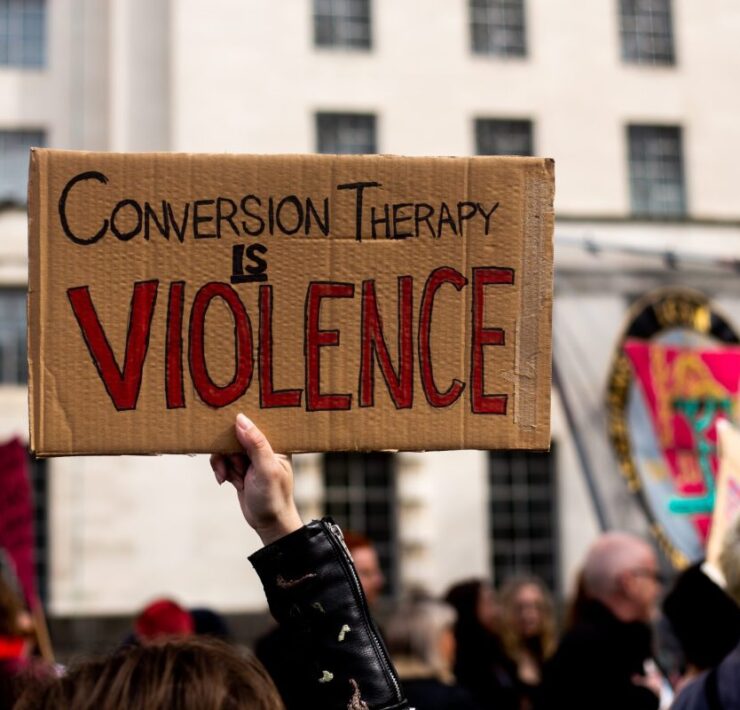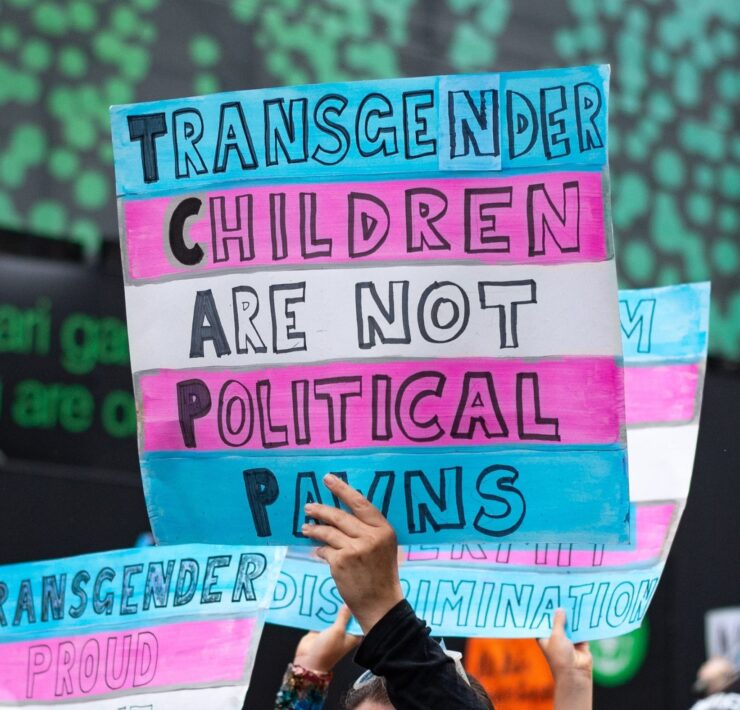Embracing the toxic

Shortly after my HIV diagnosis, I joined a friend to see the movie The Invasion staring Nicole Kidman. The idea of a suspense film about aliens surely would have gotten my mind off things. However, I did not know it was a remake of the 1956 film Invasion of the Body Snatchers. The plot, distinct from other alien flicks, ran with the notion that the aliens are inhabitants of our bodies. The 2007 version took it to a new level with the concept of an alien virus.
With new computer generated technology, the film could not stop at the mere concept of this alien virus. They had embellish visual imagery of the pathogen exploding in the character’s blood stream. I started feeling uncomfortable as I imagined this was what was happening underneath my own skin. It seemed like the CGI scenes of the infection process were excessive and almost never-ending.
After I bid farewell to my friend, I sat in my car and cried. Even though it wasn’t supposed to, the movie’s imagery haunted my own sense of self. I had my own alien virus floating within my veins: HIV.
While I was alone feeling sadly contaminated, other groups of HIV positive men were embracing this notion of toxicity in a far different way; a way not worth crying about.
These guys (and perhaps some women) were wearing their HIV wounds with pride by tattooing the biohazard symbol onto their skin.
As I learned of these tattoos and the people who bore them, I was appalled. I loved the idea of a symbol of connection between those with HIV. But the biohazard symbol was the ultimate warning label for something toxic. You don’t see these symbols on the cover of things like snack cakes (although you probably should). Instead, they are the labels for used needle bins and barrels of toxic waste. The biohazard symbol told people to beware of the danger that lurks behind the marking. I could not imagine why a positive person would want a tattoo of something so negative.
But historically humans have tendencies to make light of bad situations. Making jokes in regards to traumatic events can seem in bad taste. However, it is all too common. A simple click of a remote control can take you to any channel where someone cracks jokes about suicide, abortion, rape, famine, war and even disease. This probably does not come out of any actual desire to purely mock these distressing life aspects. Rather it most likely acts as a way to withdraw some of the power from the harrowing pain that results from such things. It lets people laugh at a bad situation instead of letting it disturb them in its entirety.
In my fresh mind and sensitive heart, I did not think those odd ways of embracing the bad particularly fit with HIV and the biohazard tattoo. For me, it only amplified my feelings of being contaminated. My doctor made me feel like my bodily fluids were of very little threat. However, as far as dating and hookups went, the occasional rejection said otherwise.
Nothing made me feel more toxic than when another guy’s actions told me I wasn’t good enough to partake in his sexual playground. So the idea of me inking a warning symbol into my skin seemed even worse.
Light eventually came to the end of this confusing and dark tunnel. After truly learning about how HIV transmission works, I understood that we were not so poisonous in spite of everything.
The right steps are easy and can keep anyone safe. And once I got on meds, the toxic weight lifted off my shoulders even further as my viral load dropped to undetectable levels and my immune system normalized.
Once feeling toxic was no longer an issue, neither did the concept of a biohazard tattoo. The symbol stopped frightening me and I even supported its presence in the poz community.
Feeling alone can be one of the top issues HIV-positive people face now. A common symbol through tattoo work can be a great way to connect with others and raise awareness that they are indeed not alone. Now when I see the biohazard tattoo, my excitement to connect with a comrade overruns my preconceived distaste for the symbol itself.
While the tattoo can come off as representing toxicity, it can also enable poz people to let their internal stigmas show proudly on the outside of their skin. HIV can be highly stigmatizing even in the U.S. But by taking pride in one’s HIV status, it shows that they won’t let this virus take them down, emotionally or physically. That in itself can flip the biohazard sign from implicating something bad to signifying something different.
Today, I embrace my HIV status rather than letting a bad Nicole Kidman movie dictate my emotions over it. With my love for tattoos, I have gotten much ink work done that related to my journey with HIV. While I have yet to get anything so bold as a biohazard symbol etched into my flesh, I honor those who have the courage to take something so frightening and wear it with such pride.
What's Your Reaction?
Scott McGlothlen lives in Denver. He writes about his journey as an HIV-positive man.










